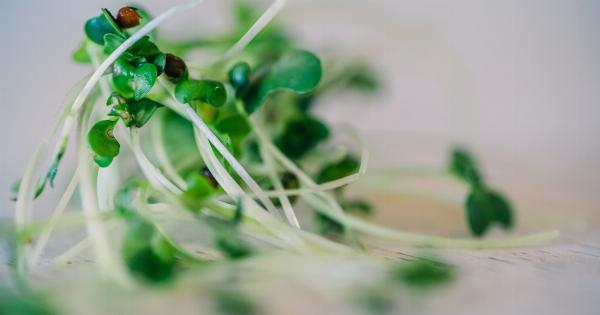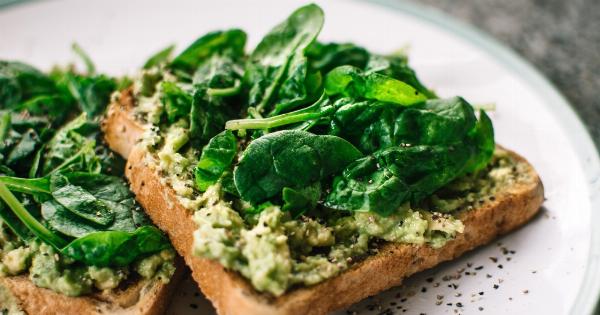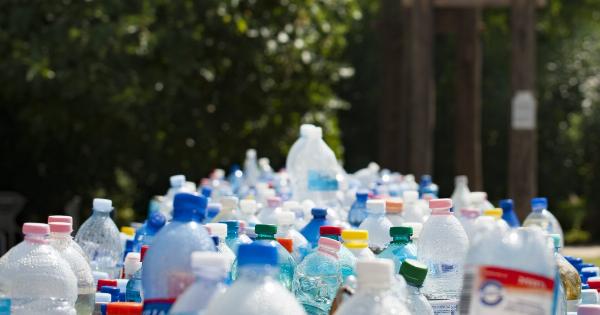As the world population continues to grow, there is an increasing need for sustainable and nutritious food sources. One such source is worms.
Despite the initial revulsion associated with eating worms, they are an abundant and nutritious source of protein that can be raised sustainably with minimal environmental impact. In this article, we will explore why worms are a sustainable source of nutrition and their potential to alleviate hunger and promote food security.
What are Worms?
Worms are a diverse group of invertebrates that belong to the phylum Annelida. This phylum includes earthworms, which are commonly found in soil, and marine worms, which are found in oceans.
There are over 22,000 known species of worms, many of which have been used as a source of food by humans for centuries.
Why are Worms a Sustainable Source of Nutrition?
Worms are a sustainable source of nutrition for several reasons. Firstly, they can be raised on organic wastes such as kitchen scraps, agricultural waste, and even livestock manure.
This means that they do not compete with human food crops for resources and can actually help reduce waste by converting it into a valuable protein source.
Secondly, worms are efficient at converting organic matter into protein. Earthworms, for example, can convert up to 60% of the organic matter they consume into body mass.
Compare this to cattle, which only convert around 20% of the feed they consume into body mass. This means that worms require less feed to produce the same amount of protein as traditional livestock.
Thirdly, worms have a much smaller carbon footprint than traditional livestock. Worms require minimal space, water, and other resources to produce protein, making them a much more environmentally friendly alternative to meat and dairy products.
Nutritional Value of Worms
Worms are also a highly nutritious source of protein. They contain high levels of essential amino acids, which are the building blocks of protein that the body cannot produce on its own.
Worms are also high in vitamins and minerals, including iron, calcium, and B vitamins. In particular, mealworms have been found to contain high levels of thiamin, which is essential for proper nerve and muscle function.
Furthermore, unlike traditional livestock, worms have a much lower fat content. This makes them a healthier protein source, particularly for individuals looking to maintain a healthy weight or reduce their risk of cardiovascular disease.
How Can Worms be Used as Food?
There are many ways in which worms can be used as food. In many cultures, traditional dishes such as worm tacos and fried worms are considered delicacies. However, worms can also be used as a protein supplement in other dishes.
For example, mealworm flour can be added to baked goods, smoothies, and other dishes to increase their protein content.
Worms can also be dried and used as a nutritional supplement for livestock.
This not only provides a sustainable source of protein for the animals but also reduces the amount of feed required to raise them, as the worms provide the animals with essential nutrients that would otherwise need to be supplemented.
Conclusion
Worms are a sustainable and highly nutritious source of protein that have the potential to play an important role in addressing global food insecurity.
By using organic wastes as feed, worms can help reduce waste and provide a valuable source of protein without competing with human food crops. Furthermore, worms require less space and resources than traditional livestock and have a smaller carbon footprint, making them a more environmentally friendly alternative.
Although the idea of eating worms may seem unappetizing to some, with the right preparation and education, they have the potential to become a popular and widely accepted food source of the future.






























